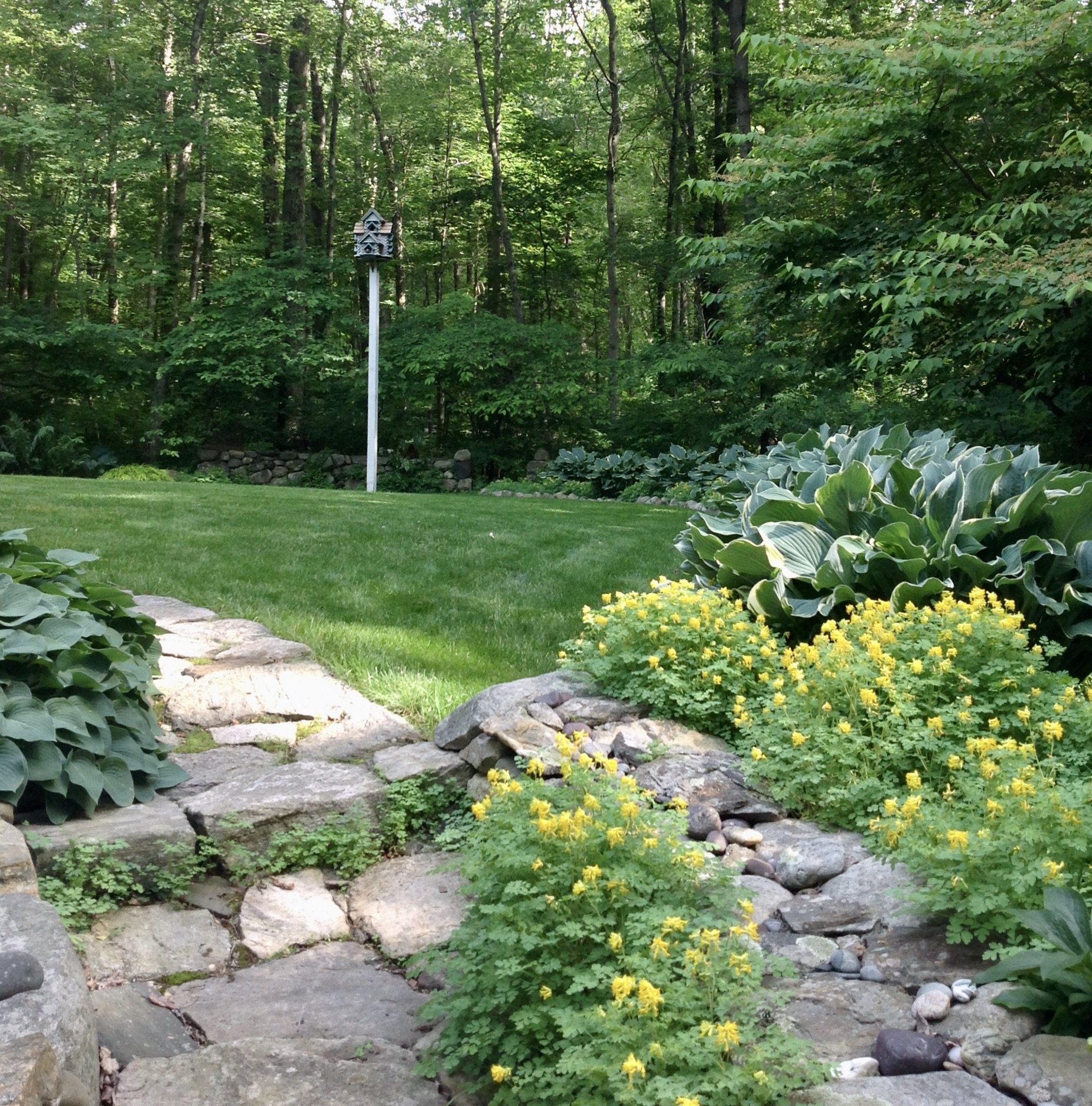“In the garden, you experience birth, life and death. And that happens in our life as well. We are born, we live and we die. We can see it in a garden in — let's say, in four seasons, so you see the whole process of your own life in four seasons, and then it starts all over again.” - Piet Oudolf, world-renowned garden designer
What is a four-season garden?`
A four-season garden is a garden designed to look beautiful and interesting in every season throughout the year. While blooms are an essential part of any garden, and a lot of gardening is focused on flowers, beauty comes from more than just flowers. The gardens that provide the most pleasure are the ones with a mix of eye-catching plants in spring, summer, fall and winter.
How do you design a four-season garden?
The plants should include a combination of qualities, such as shape, color, form, and texture, with a focus on foliage, flowers, fruit, berries, and bark. Artistic arrangements can be created using these garden design principles. Consider your landscape as a community of plants rather than individual plants. Piet Oudolf explains, “If you have beautiful plants, it doesn’t mean your garden is beautiful. Something is complete when everything works together.”
Within these plant communities, think about designing in layers from ground cover plants to the canopy trees, with bulbs, grasses, perennials, and shrubs in between. Layering plants with a variety of heights, while choosing some plants for winter interest; a four- season garden can be beautiful during the winter months.
What does winter interest mean for plants?
The most obvious winter-interest plants are evergreens. Evergreens can be trees or shrubs and can be needle evergreens, like pines or spruces, or those with “broad leaves”, like boxwood, rhododendrons, and hollies.
Beyond evergreens, there are trees and shrubs with ornamental bark or attractive branching structure that is revealed after they lose their leaves. Some have colorful branches and stems.
There are types of perennials and ornamental grasses that are semi-evergreen and others that remain through the winter and offer architectural interest, and a habitat for the birds.
Another decorative feature can be seed heads or seedpods, cones, or dried flowers on trees, shrubs, and perennials.
Plan to cut back these and ornamental grasses in early spring instead of fall.
Some trees and shrubs feature fruits or berries in late summer or fall, which persist into winter. There is a wide range of berry- and fruit-bearing woody plants with colors such as crimson and red, orange, yellow or gold, blue, purple, and black.
Plants with seeds, cones, or berries will attract birds and other wildlife species.
A well-balanced garden design -
In a well-balanced garden design you will have spring-flowering bulbs, perennials, shrubs and trees, followed by summer and fall blooming plants.
◆“Shop for plants in spring and throughout the year. If you shop only in the spring, you will be attracted to those plants in bloom at that time, and you will miss buying for all four seasons,” Edward Lyon, horticulturist at Iowa State University recommends.
◆Design for a succession of blooms and choose long blooming perennials. Spring bulbs will be purchased and planted in fall. Trees, shrubs, perennials, and ornamental grasses can be planted in spring, summer, and fall.
◆Plan your four-season garden so it creates interest whether it’s viewed from inside or outside.
◆Visit public gardens, not just garden centers. Both are great for learning about plants and getting ideas. Visit these in different seasons, too.
◆With research and planning, your garden can become a four-season garden of ever-changing beauty.

